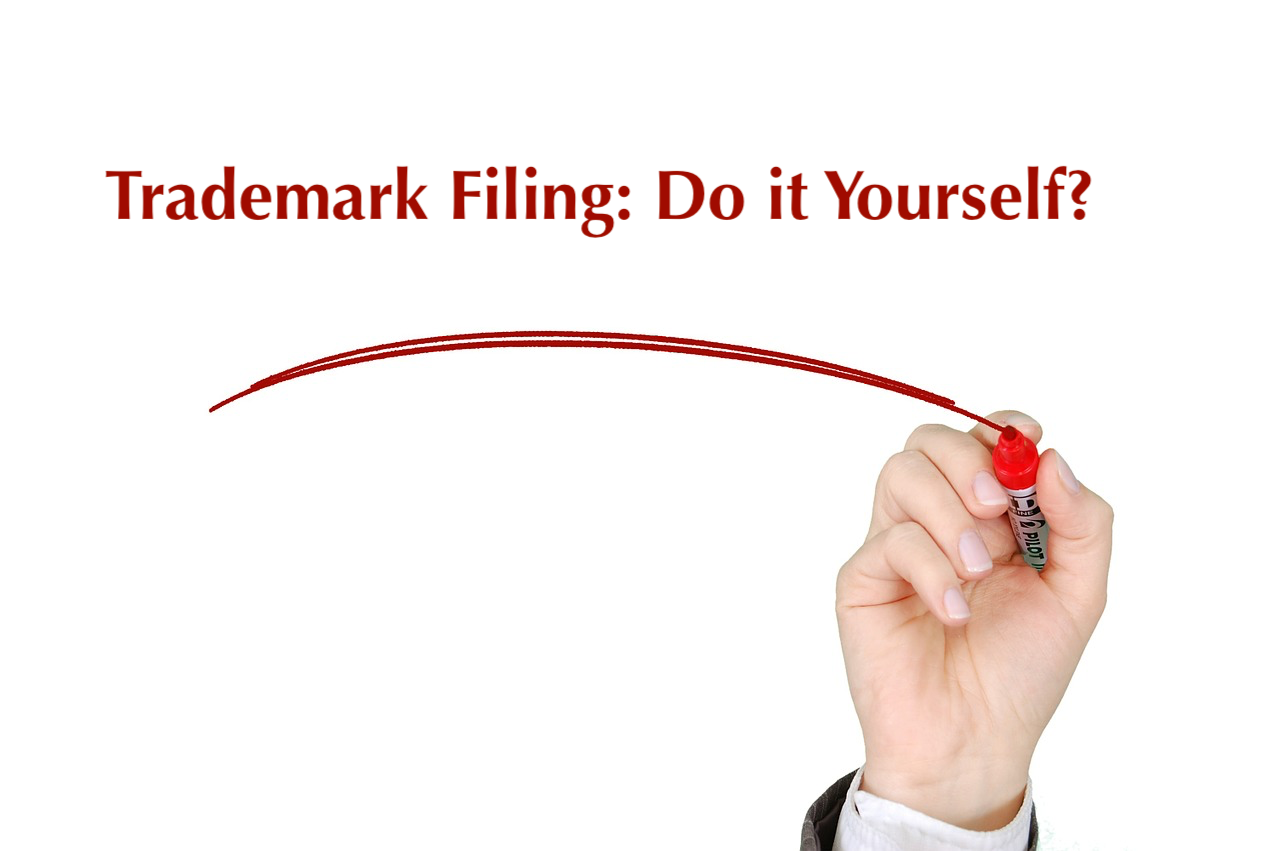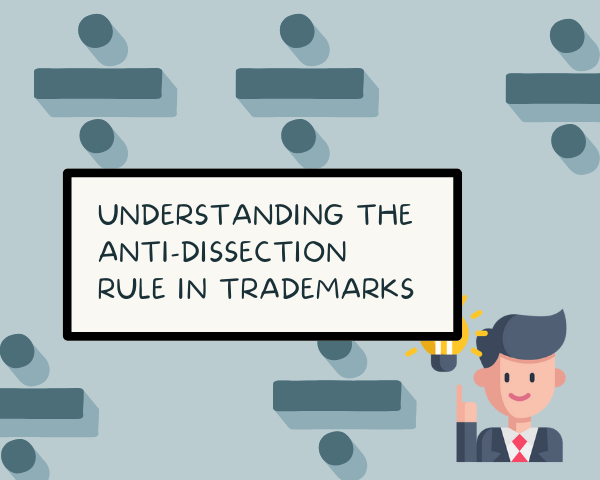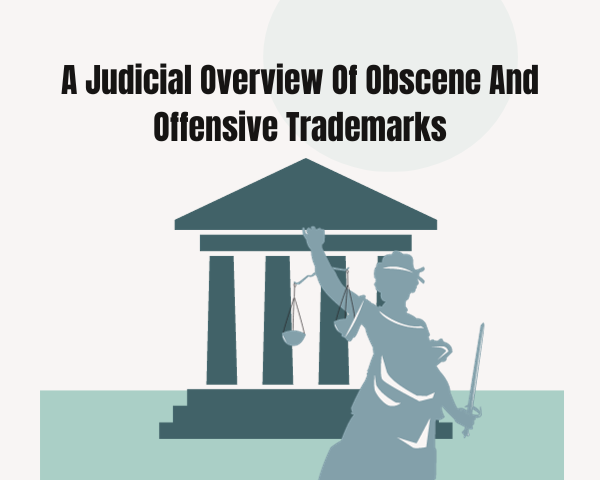Business success and energetic brand empowerment go hand in hand. In such a scenario protecting that brand with the help of “trademarks” becomes significant, and this is the first crucial, pivotal step to ensure brand security.
With an increased entrepreneurial spirit, proper branding and protecting one’s intellectual property have become a much-required investment.
Trademarks have become a sine qua non of business. From brand names and logos to product names and slogans, trademarks constitute an indispensable business asset. Securing legal rights over its brands through trademark registration is important to protect one’s business identity.
A great brand name is easy to sell, easy to market, and even more comfortable to secure. Thus, trademark filing is an important step to protect your brand name.
Trademark filing looks easy!! Can you do it yourself?
The Trademark Filing Websites:
It usually gives the illusion that registering a trademark is almost instantaneous, but it can be pretty daunting, especially at the approval stage. Most of the IP offices allow online filing through their websites or accept filing via fax. Some of them are:
India: https://ipindiaonline.gov.in/trademarkefiling/online/welcomeForm.aspx
European Union: https://euipo.europa.eu/ohimportal/en/web/guest/apply-now
Germany: http://dpma.de/english/trade_marks/application/index.html (via fax)
Singapore: https://digitalhub.ipos.gov.sg/FAMN/process/IP4SG/MN_Index
United Kingdom: https://www.gov.uk/register-a-trademark
Who can file a trademark?
The law of trademarks in India is provided under the Trade Marks Act, 1999 (hereinafter referred to as “the Act”) and the Trade Marks Rules, 2017. Section 18(1) of the Trade Marks Act, 1999, provides that any person who claims to be the trademark’s proprietor about goods and /or services may apply for trademark registration.
“Person” here refers not only to a natural person but also includes a body incorporate, partnership firm, HUF, trust, society, government authority/undertaking, an association of persons, and joint proprietor. So, an individual can file for the registration of his trademark himself.
The application can be filed online through the e-filing gateway available at the official website or in writing with the Indian Trademark Office (TMO).
However, it is pertinent to note that trademark filing cannot be equated to the process of trademark registration. The registration procedure for a trademark involves numerous steps, and applying for the same is merely one of them.
Steps in Registration of Trademarks
Selection of the trademark is the first and foremost step towards registering a trademark. This step may appear to be an easy task but involves considerable effort as the mark selected must comply with the provisions of the Trade Marks Act, 1999, and must not fall afoul of the absolute and relative grounds for refusal under Section 9 and Section 11 the Act, respectively.
A trademark search should be conducted to ascertain whether a similar trademark is registered or used in furtherance of the same. Before applying, it is also essential to identify and select the relevant classes under which the mark needs to be registered.
The application must comply with the relevant filing rules, failing which the Registrar will notify the applicant of deficiencies in the application providing a one-month period for rectification of the same. The application may be treated as abandoned if the deficiencies are not rectified in the said period.
Post filing, the application is examined by the trademark office, and objections may be raised on various grounds to which responses must be filed within a month. Thereafter, the application is advertised in the Trademark Journal, providing third parties with the opportunity to object for a period of 4 months.
Potential issues and their consequences:
To apply for a trademark, one should conduct an in-depth search for the proposed name and then use it for the brand.
Common reasons that marks are refused trademark registration comprise, but are not limited to:
1. Rejection: The trademark registration application may be rejected by the Trademark Office based on one or more of the mentioned grounds of refusal mentioned in what can not be registered as trademarks. Therefore, while selecting a trademark, the trademark search must be done thoroughly, keeping all relevant registration rules and their possible implications in mind.
2. Complexities of the Trademark Prosecution process: It is equally important to decide which goods and services are to be covered. An incorrect and improper listing may render the registration worthless. Such problems are usually addressed by including disclaimers to limit the scope of protection. Where the Trademark Office raises procedural or substantive objections, an appropriate response must be submitted. The objections proceedings often stretch up to 12-18 months and require timely action regarding filing replies to avoid application abandonment.
3. Conflicts with earlier rights: If the applicant files without having done an earlier rights search and wrongly believes that the Patent and Trademark Office has endorsed using his trademark by registering it. Before pursuing trademark registration, basic trademark searches to identify any significant issues or obstacles is always advisable.
4. Choosing the wrong trademark class: Selection classes for goods and services regarding which trademark is to be registered is daunting. While listing every product or service imaginable on the application may be tempting, this is illegal. One must explain in detail the products or services its trademark will apply to the trademark application form, and the brand will apply to only these products or services. Any error made will result in opposition and lead to the cancellation of registration.
5. Choosing the wrong applicant: The applicant files a trademark application under the bad applicant; this may lead to the refusal of trademark registration.
6. The difference in trademark: The trademark as used and the brand as filed differ.
7. Opposition: Where a registration application is opposed, the applicant is required to file a counter-statement, evidence in support of his/her application, and also attend the proceedings before the Registrar to present his case. The opposition proceedings involve legal intricacies and require knowledge of the applicable procedural and substantive law to defend the registration application successfully.
Why you need IP professionals
While the process of filing the trademark registration application appears to be fairly straightforward, there are a variety of potential complications in the trademark registration process that may arise, ultimately leading to the rejection or abandonment of the application.
These complexities are best dealt with by an experienced trademark professional who can smoothly navigate the registration process while taking timely necessary action to ensure a successful trademark registration application.
Therefore, though an individual is not legally barred from getting his/her trademark registered himself/herself, it is more practicable that an IP professional be employed for the same.
At times self-filers of trademarks spend more money to pay an IP lawyer to fix their trademark application or even to re-file it than it would have cost to hire an experienced IP lawyer to apply for them.
Trademark creation, management, and protection are critical to any business seeking commercial success. A trademark protects a company’s brand, and a wrong step by a company can derail the registration process and lead to the cancellation or revocation of one’s trademark rights.
However, it is understandable to decide on the self-filing of the trademark since the process looks natural and completely doable. But it becomes outrageously daunting when problems are subsequently encountered.
It is utmostly vital to file the trademark application precisely. The applicant must grasp that the trademark office is the authority to examine the submitted application and follow the trademark status.
Conclusion:
Hiring an experienced trademark professional to avoid trademark application problems is a wise decision.
The trademark attorney will take care of the comprehensive steps needed before filing. He would thoroughly help you select a not scandalous or deceptive mark. He will further ensure that the trademark is applied in the correct class.
Filing a trademark application is complicated and time-consuming and requires an erudite person to provide error-free paperwork during the trademark registration process.
[cherry_button text=”Need Trademark Filing? Connect with experts” url=”https://www.intepat.com/contact-us/” style=”success” centered=”yes” fluid_position=”right” icon_position=”top” bg_color=”#ea9525″ min_width=”33″ target=”_blank”]




